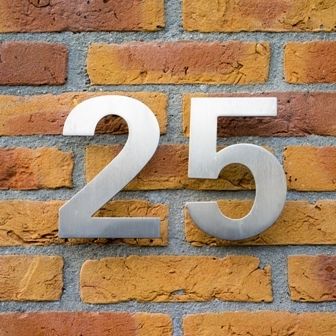Follow This FAQ for Lowdown on MRIs
You need to consider anatomy, contrast material to nail these claims. Coding for your PM specialist’s magnetic resonance imaging (MRI) services can be quite taxing. First, there’s a bunch of MRI codes spread throughout the Radiology section of the CPT® book. Also, there are a couple of questions involving contrast material that you’ll have to answer before you can choose the correct code. Help’s here: Check out this FAQ with Donelle Holle, RN, a healthcare, coding, and reimbursement consultant in Fort Wayne, Indiana, for all you need to know on coding MRIs. Q: Why are there so many MRI CPT® codes? A: “MRIs are like any type of x-ray, so they are very specific to body areas and body systems,” explains Holle. “They create a detailed cross-sectional image of the patient’s internal organs and structures. Consequently, the number of CPT® codes are extensive.” For example, if the PM specialist performs an MRI on a patient’s upper extremity excluding the joint, there is a specific MRI code set for the procedure. That’s right, code set. For MRIs on a patient’s upper extremity that exclude the joint, choose from one of the following codes depending on encounter specifics: Q: What conditions might a patient suffer from when they require an MRI? A: According to Holle, patients that present with severe headache may have an MRI to determine if they are having a brain aneurysm or possibly have a brain tumor. Your provider might choose from these MRI types for a patient with severe headache: So, if your PM specialist performs an MRI to screen the lumbar area of a patient’s spinal canal, you might choose from the following MRI codes: These are just examples, however. You could find yourself coding just about any MRI type in a PM clinic. Just be sure to pay attention to the notes, and choose the code that best represents your provider’s service. Q: When will the provider use contrast for an MRI? A: “Contrast is only used when there needs to be a better enhancement of body tissue. Patients with inflammations will more than likely have contrast ordered,” relays Holle. Q: What is the difference between “with contrast material” (70552) and “without contrast material, followed by contrast material[s] and further sequences” (70553)? A: “This simply means that the provider wants to see what the MRI shows what is visible without the contrast but may feel that there is a need for further detail in the tissue with the contrast,” says Holle.




